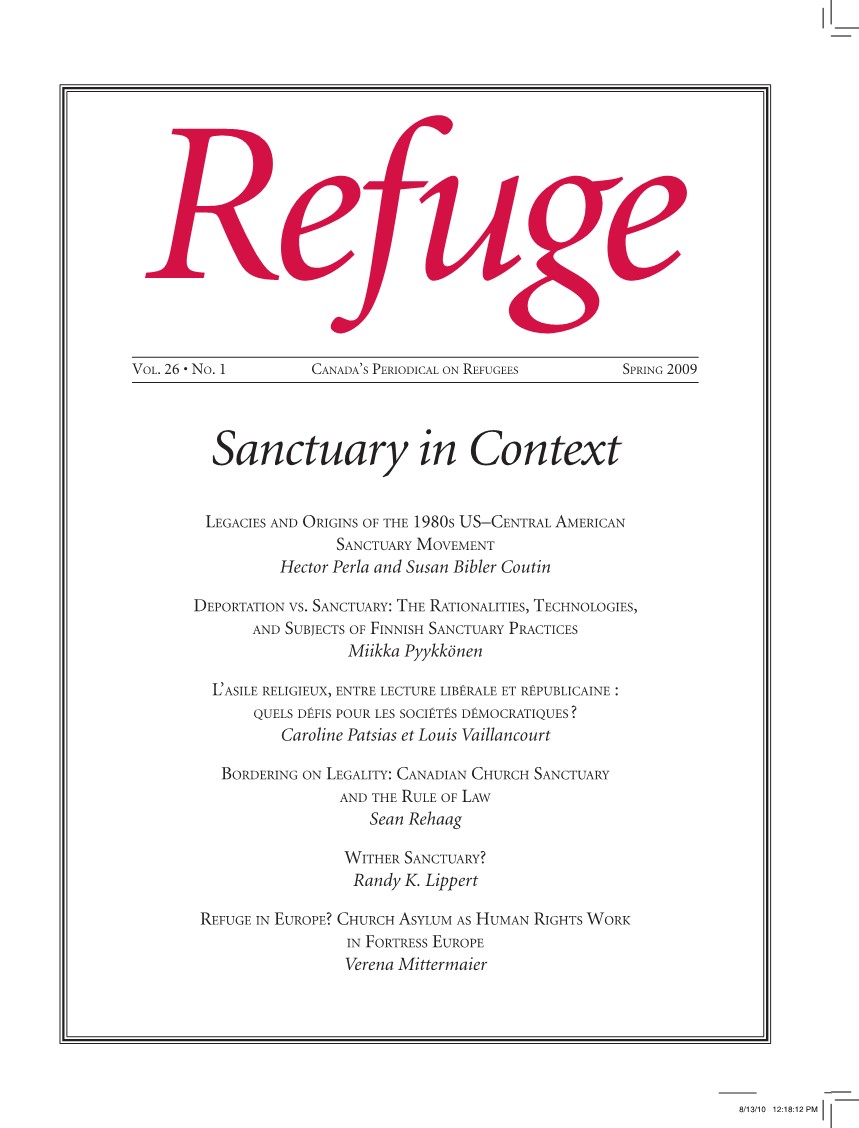Forced Migrants in Serbia: Refugees and Internally Displaced Persons - Facts and Figures, Coping Strategies, Future
DOI:
https://doi.org/10.25071/1920-7336.30612Keywords:
Serbia, Internally Displaced Persons, refugees, social exclusion, social capitalAbstract
The paper deals with refugees and internally displaced persons (IDPs). Considering their numbers, Serbia is the first in Europe and fourteenth on the globe. Their destiny is not only a tragic epilogue to the political dissolution of the former Yugoslavia, but also to the breakdown of the common dream of “Yugoslav” nationality (which was meant to be a “melting pot” of various nations, ethnic groups, and religions). Unfortunately, due to the specific strategy of nation-state building based on ethnic cleansing, refugees were one of the direct objectives of civil wars taking place in the 1990s. At the same time, massive floods of IDPs were instigated by the bombing campaign of Kosovo and Metohija conducted by the NATO alliance in 1999.
Having come to Serbia, the majority of both refugees and IDPs who are ethnic Serbs have attained all the features of minority groups. The reasons for their social exclusion must be discussed in terms of their exceptionally low social position, high levels of unemployment and poverty, and lack of social inclusion. Moreover, it must be taken into account that contemporary Serbia faced many unresolved political challenges, delayed accession to the EU, secession of Kosovo and Metohija in 2008, hardships in establishing a market economy and liberal democracy since 2000, and economic deprivation, all of which were accompanied by poor social services.
Serbian authorities adopted four major action plans targeted at forced migrants. However, the main challenges to their applicability stem from lack of institutional capacities, ineffective implementation of development strategies, and limited resources.
Metrics
Downloads
Published
How to Cite
Issue
Section
License
Copyright (c) 2010 Mirjana Bobic

This work is licensed under a Creative Commons Attribution-NonCommercial 4.0 International License.
Refuge authors retain the copyright over their work, and license it to the general public under the Creative Commons Attribution-Non Commercial License International (CC BY-NC 4.0). This license allows for non-commercial use, reproduction and adaption of the material in any medium or format, with proper attribution. For general information on Creative Commons licences, visit the Creative Commons site. For the CC BY-NC 4.0 license, review the human readable summary.








